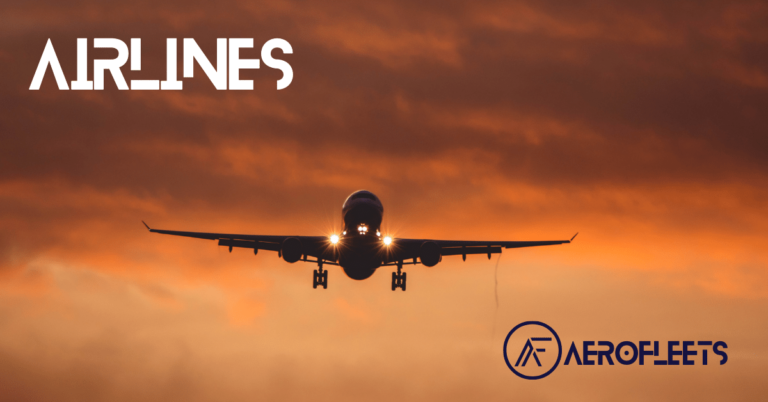Amazon Prime Air is an innovative delivery service offered by Amazon that uses autonomous drones to deliver packages to customers. This service has revolutionized the delivery industry, providing customers with a faster, easier, and more efficient way to receive their packages. In this article, we will look at the features of Amazon Prime Air, its advantages, challenges, and its impact on the industry. We will also discuss the regulatory implications of the service and what lessons can be learned from it.
Introduction to Amazon Prime Air
Amazon Prime Air is an innovative delivery service that uses autonomous robots, or drones, to deliver packages to customers. It is currently being tested in a number of countries, including the United States, United Kingdom, and Austria. The service has the potential to revolutionize the delivery industry, providing customers with a faster, easier, and more efficient way to receive their packages.
Overview of Prime Air Service
Amazon Prime Air is a delivery service that uses unmanned aerial vehicles (UAVs) to deliver packages to customers. The UAVs used by Prime Air are designed to be safe and secure, with multiple control systems in place to ensure the safety of the package delivery. The UAVs are equipped with advanced navigation and sensing technology, allowing them to avoid obstacles and take the most efficient route to their destination.
Advantages of Prime Air
Amazon Prime Air has a number of advantages over traditional delivery services. The most obvious advantage is the speed and convenience of the delivery. UAVs can deliver packages in 30 minutes or less, which is much faster than traditional delivery services. This means customers can get their packages faster, allowing them to receive the items they need more quickly.
Another advantage of Prime Air is that it is more cost-effective than traditional delivery services. UAVs are much cheaper to operate than traditional delivery vehicles, which means customers can save money on delivery costs. In addition, the UAVs are also more energy-efficient, meaning they have a smaller environmental impact than traditional delivery vehicles.
Challenges with Prime Air
Despite the advantages of Prime Air, there are also a number of challenges that come with the service. One of the biggest challenges is regulatory. The use of UAVs for delivery services is still a relatively new technology, and there are a number of regulations in place that must be followed. In addition, there are also safety concerns that must be addressed, as UAVs must be able to safely navigate in the air and deliver packages without causing any injury.
Another challenge for Prime Air is the limited range of the UAVs. Currently, the UAVs can only travel a few miles, which limits the distance they can cover. This means that in some areas, Prime Air may not be available due to the range limitation.
Prime Air’s Impact on the Industry
Amazon Prime Air has had a major impact on the delivery industry. The service has revolutionized the way packages are delivered, providing customers with a faster, easier, and more cost-effective way to receive their packages. This has had a ripple effect throughout the industry, leading to other delivery services introducing new technologies and services to keep up with the competition.
In addition, Prime Air has also had an impact on the UAV industry. As the demand for UAVs has increased, companies have been investing more in the technology, resulting in the UAVs becoming more advanced and reliable.
Regulatory Implications of Prime Air
The introduction of Amazon Prime Air has also had implications for regulation. As the use of UAVs for delivery services is a relatively new technology, regulations must be put in place to ensure the safety of the public and the environment. In addition, the regulations must also ensure that the UAVs are operating within the law and that their use does not infringe on the rights of others.
The introduction of Prime Air has led to an increased focus on the regulation of UAVs. As the technology becomes more popular and more companies enter the industry, regulations will need to be updated to ensure the safety of the public and the environment.
Lessons Learned from Prime Air
The introduction of Amazon Prime Air has taught us a number of lessons. First, it has taught us that innovation can revolutionize an industry. Prime Air has provided customers with a faster, easier, and more cost-effective way to receive their packages. This has had a ripple effect throughout the industry, leading to other delivery services introducing new technologies and services to keep up with the competition.
Second, it has taught us that regulation is an important factor in the success of new technologies. The introduction of Prime Air has led to an increased focus on the regulation of UAVs, which is necessary to ensure the safety of the public and the environment.
Finally, it has taught us that new technologies can be both beneficial and challenging. While Prime Air has been successful in providing customers with a faster and more efficient delivery service, there are also a number of challenges that come with the service, such as regulatory issues, safety concerns, and range limitations.
In conclusion, Amazon Prime Air is an innovative delivery service that has revolutionized the delivery industry. It has provided customers with a faster, easier, and more cost-effective way to receive their packages. While the service is still in its early stages, it has already had a major impact on the industry and has taught us a number of important lessons. As the technology becomes more advanced, it is likely that Amazon Prime Air will continue to revolutionize the delivery industry and lead the way in innovation.





0 Comments